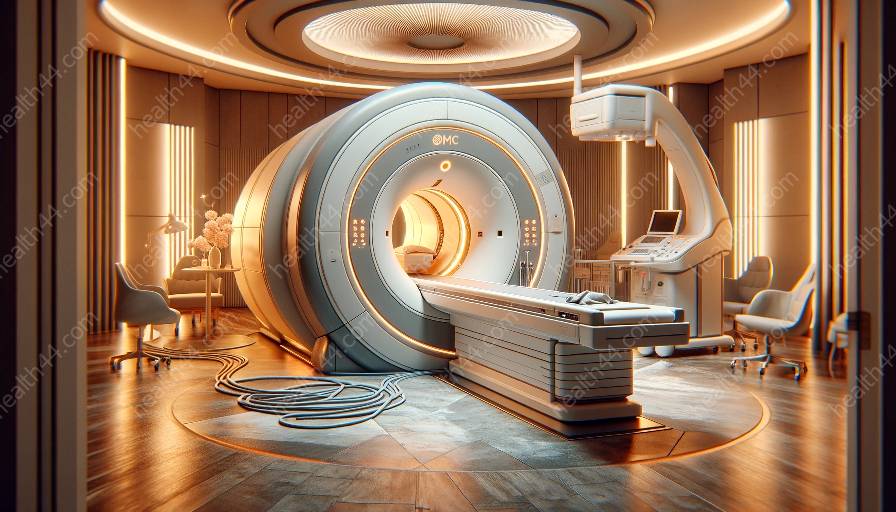Magnetic Resonance Imaging (MRI) is a powerful diagnostic tool that produces detailed images of internal body structures. One crucial component of an MRI machine is the Radio Frequency (RF) system, which plays a key role in the imaging process.
The RF system in MRI machines is designed to generate the RF pulses needed to manipulate the spin of protons in the patient's body. The process involves creating a magnetic field and then exciting the protons by applying RF energy, which leads to the emission of detectable signals. These signals are then processed to create high-resolution images of the internal structures.
Key Components of RF System in MRI Machines
The RF system in MRI machines consists of several essential components:
- Transmit and Receive Coils: These coils are used to generate the RF pulses and capture the resulting signals from the patient's body. The design and placement of these coils are crucial for achieving high-quality images with minimal artifacts.
- Radio Frequency Amplifiers: These amplifiers are responsible for delivering the RF energy to the transmit coils and amplifying the received signals for further processing.
- RF Shielding and Filtering: To ensure the safety of the patient and the quality of the imaging, the RF system incorporates shielding and filtering mechanisms to minimize electromagnetic interference and maintain signal integrity.
- RF Pulse Sequences: The RF system is programmed with various pulse sequences that determine the timing and duration of the RF pulses, allowing for versatile imaging techniques such as T1-weighted, T2-weighted, and diffusion-weighted imaging.
Compatibility with Magnetic Resonance Imaging (MRI) Machines
The RF system in MRI machines is intricately integrated with the overall functionality of the MRI system. It works in tandem with the main magnetic field, gradient coils, and image processing software to produce diagnostic images of exceptional quality.
Furthermore, modern MRI machines are equipped with advanced RF system technologies that offer enhanced imaging capabilities, such as parallel imaging and multi-channel RF transmission. These advancements are aimed at improving image acquisition speed, spatial resolution, and signal-to-noise ratio, ultimately benefitting the diagnostic accuracy and patient experience.
Role in Medical Devices & Equipment
Beyond MRI imaging, RF systems have applications in various medical devices and equipment. For example, RF technology is utilized in RF ablation procedures, which involve using RF energy to destroy abnormal tissues or tumors. Additionally, RF coils and antennas are commonly employed in wireless medical telemetry systems for monitoring vital signs and transmitting data from implantable medical devices.
The compatibility of RF systems with medical devices and equipment underscores their versatility and significance in modern healthcare technologies. The ability to harness RF energy for diagnostic and therapeutic purposes showcases the integral role of RF systems in advancing medical care and improving patient outcomes.
In Conclusion
The radio frequency (RF) system in MRI machines is a fundamental component that underpins the remarkable capabilities of magnetic resonance imaging. Its intricate design, seamless compatibility with MRI machines, and diverse applications in medical devices and equipment highlight the essential role it plays in modern healthcare.


